Florence: new ideas of how wine is served
A niche opportunity was recognised by local wine lovers and a few gems are popping up that seek to cater for more discerning palates.
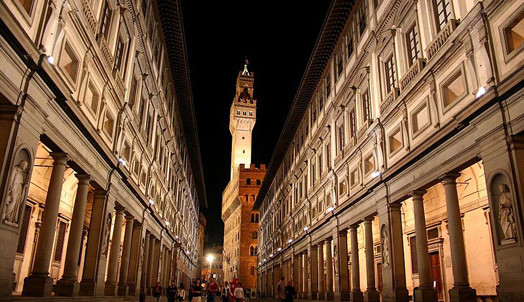 Image: Uffizi Gallery, Florence by Chris Wee, adopted under the Creative Commons Attribution 2.0 Generic license.
Image: Uffizi Gallery, Florence by Chris Wee, adopted under the Creative Commons Attribution 2.0 Generic license.
The most noticeable change is the shifting attitude towards how wine is served. ‘Wine by the glass has not been typical here in Florence,’ explains wine consultant Bernardo Conticelli. ‘It was never good value and traditionally available only for house wine or a very limited selection.’ (The same four or five big brands of Chianti and Montalcino are offered throughout Florence.) The usual wine bars are around tourist hotspots, and a glance at their wine lists and prices makes the target audience very clear. But a niche opportunity was recognised by local wine lovers and a few gems are popping up that seek to cater for more discerning palates.
If you’ve come to Tuscany for the classics, Fuori Porta is the ideal bar to taste, by the glass, those pricey wines usually sold by the bottle. This is also the place to find back vintages of Chianti Classico and Montepulciano heavyweights – a real treat at a time when most wines are being sold and drunk ahead of their ideal drinking window. Those seeking out wines from lesser-known Tuscan regions such as Montecucco and Cortona should go to Volpi et l’Uva. Tucked away behind by the Ponte Vecchio, this is a bar that only a local or a very determined wine lover will find – and be rewarded by the list of small-grower wines and selection of cheese and charcuterie. This is a bar where you can chat for hours (in Italian or English) about what’s in the glass and on the ever-changing list. It also sells bottles to take home at shop prices.
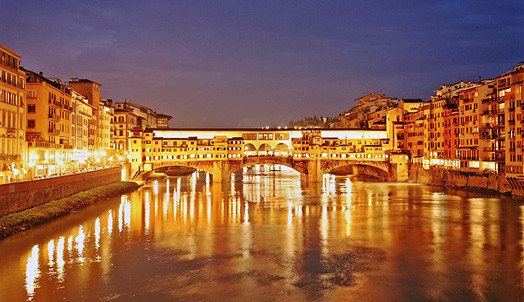 Image: Ponte Vecchio at night by Marius Fiskum, adopted under the Creative Commons Attribution 3.0 Unported license.
Image: Ponte Vecchio at night by Marius Fiskum, adopted under the Creative Commons Attribution 3.0 Unported license.
However steeped in tradition Florence seems, when it comes to wine and food, it does welcome a modern – and foreign – touch. Frescobaldi, a proud producer, with restaurants and bars showcasing its history and culture, has hired a Japanese chef to ensure its classic Florentine dishes are executed with precision and delicacy. Others have followed suit: Enoteca Barrique, another traditional Tuscan eatery, also favours a minimalist approach, inspired by its own Japanese chef. But make sure you take regular breaks between meals to admire the legendary architecture and museums that put this city on the cultural map. One of history’s most important and fruitful art movements, the Renaissance, came from Florence and can be explored here through the works of Botticelli, Raphael, da Vinci and Michelangelo.
Views of the Duomo (the Gothic-style cathedral in the heart of the city) from anywhere in Florence are spectacular, and the cafés dotted around the cathedral square are ideal to bask in its splendour. Finally, a visit to the Uffizi gallery is a must–viewing Caravaggio’s painting of Bacchus is surely the ideal way to pay homage to both art and wine.
How to get there:
By plane to Florence directly, or by plane to Pisa, then connect to Florence by bus, train or taxi.
Translated by Sylvia Wu / 吴嘉溦
All rights reserved by Future plc. No part of this publication may be reproduced, distributed or transmitted in any form or by any means without the prior written permission of Decanter.
Only Official Media Partners (see About us) of DecanterChina.com may republish part of the content from the site without prior permission under strict Terms & Conditions. Contact china@decanter.com to learn about how to become an Official Media Partner of DecanterChina.com.

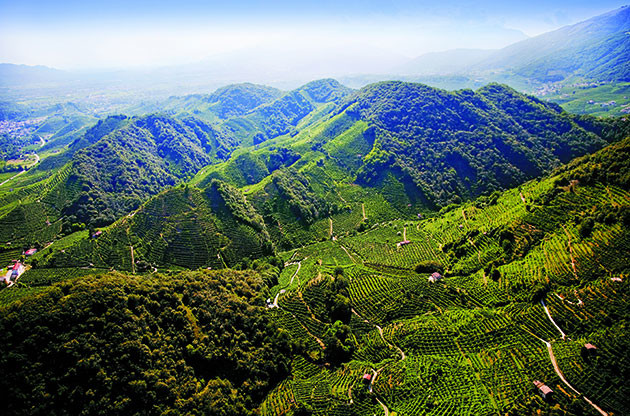
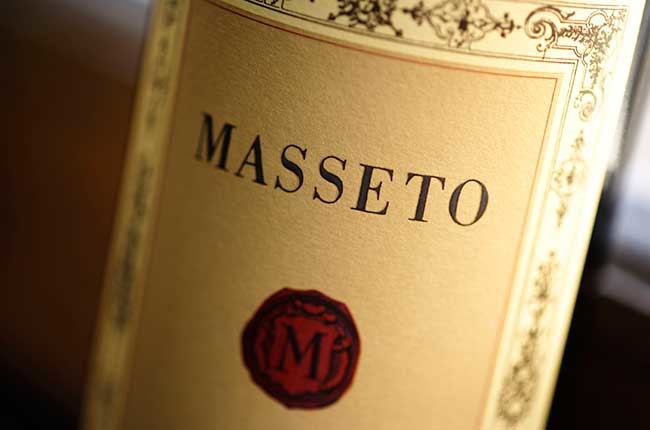
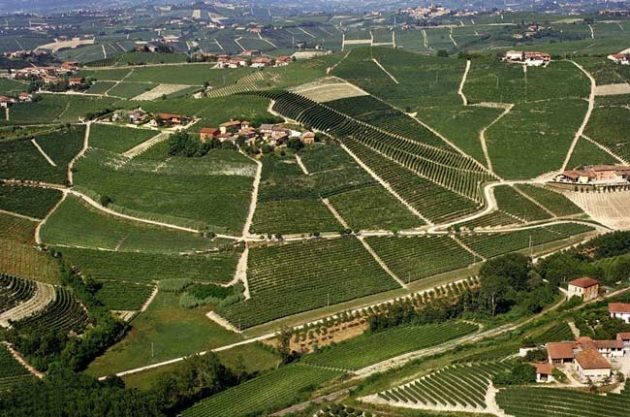
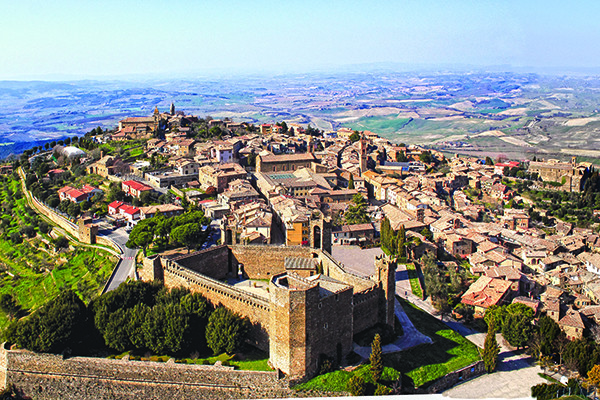
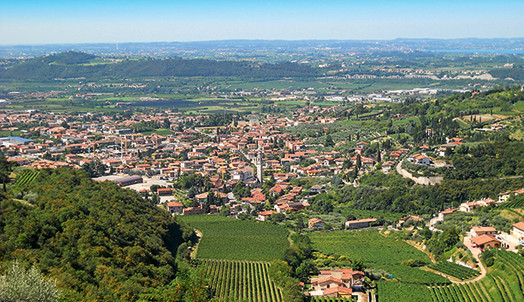
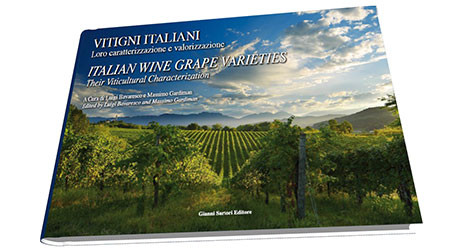
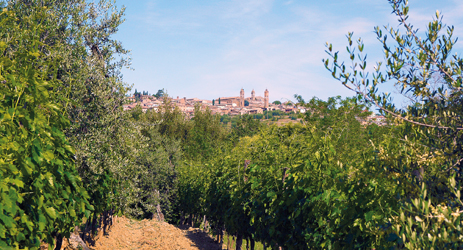
Comments
Submit